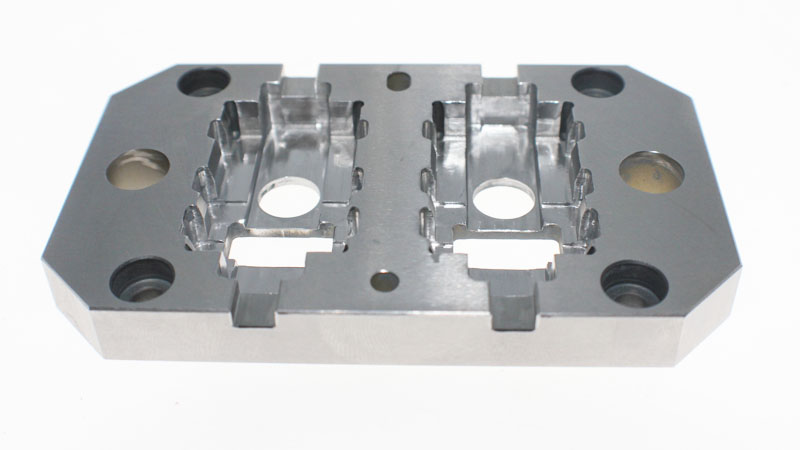SKD11 die steel is a Japanese tool steel. The material heat treatment hardness: hrc58-60 SKD11 is a kind of high carbon and high chromium alloy tool steel. After heat treatment, it has high hardness, grindability, strong hardenability and good dimensional stability. Good machinability, fine and uniform carbide particles, because of the special addition of chemical elements molybdenum and vanadium, there is no need to worry about quenching cracking.

SKD11 Specific Performance
A) High temperature strength and toughness, good wear resistance, easy cutting;
B) Cold working die steel with good strength, toughness and heat resistance balance,
C) Vacuum degassing refining is carried out, so the internal quality is extremely clean.
D) Good machinability.
E) Good hardenability, air cooling can harden, no need to worry about quenching crack.
F) The heat treatment deformation is very small, and the quenching deviation is very small. It is most suitable for molds with precision requirements.
G) Excellent wear resistance, most suitable for use as a blanking die for rusty steel or high hardness materials.
H) Good toughness.
I) Longer die life and more stable performance.
J) It is easy to process and has small heat treatment deformation.
Application Introduction
Sheet with thickness not more than 6mm, high-efficiency blanking die. Punching die and stamping die various scissors, inlaid blade, woodworking blade thread rolling die, wear-resistant slider cold heading die, thermosetting resin forming die, advanced gauge and other deep drawing and cold extrusion dies.
How To Use SKD11 (For Reference Only)
- used under “quenching + tempering” status
- “quenching + cold treatment + tempering” (suitable for high precision and dimensional stability requirements)
- it is used under “quenching + tempering + nitriding treatment” (suitable for high surface hardness requirements)
- cryogenic treatment in order to obtain the highest hardness and dimensional stability, the mold is cryogenic -70 to -80 ℃ immediately after quenching, maintained for 3-4 hours, and then tempered. The hardness of the tool or mold after cryogenic treatment is 1-3hrc higher than that of conventional heat treatment. For parts with complex shape and large size change, cryogenic treatment may cause cracking.
- nitriding treatment after the nitriding treatment of the mold or workpiece, a layer of hardened structure with high hardness and certain corrosion resistance is formed on the surface.
- after nitriding at 525 ℃, the surface hardness of the workpiece is about 1250hv. The influence of nitriding time on the infiltrated layer is shown in the table below. Nitriding time (H) 203060 nitriding layer depth mm 0.25 0.30 0.35
- after soft nitriding at 570 ℃, the surface hardness of the workpiece is about 950hv. Generally, after 2 hours of soft nitriding treatment, the depth of hardened layer can reach 10-20um It is easy to produce grinding cracks when grinding die blanks or working in low temperature tempering state. In order to prevent cracks, small grinding feed should be adopted for multiple grinding, and good water-cooling conditions should be added at the same time.
When wire cutting is used to process dies with complex shape or large size, cracks usually occur in the final line of wire cutting.
In order to prevent cracking, it is recommended to adopt gas quenching and high-temperature tempering to reduce the heat treatment stress, or carry out cavity pre-processing on the mold blank.
Heat Treatment
Quenching: first preheat 700 ~ 750 ℃, then heat it to 1000 ~ 1050 ℃ and cool it in still air. If the thickness of steel tools is more than 6 inches, it is better to heat it to 980 ~ 1030 ℃ and harden it in oil. Tempering: heating to 150 ~ 200 ℃, staying at this temperature, and then cooling in still air. Hardness: above HRC 61. Annealing: heat to 800 ~ 850 ℃, stay at this temperature for 1 ~ 3 hours, and allow it to gradually cool in the furnace. Forging: 900 ~ 1050 ℃.
Chemical Composition
C 1.40-1.60
Si 0.40
Mn 0.50
Cr 11.00-13.00
Mo 0.80-1.20
V 0.3



Thank you very much for a very informative and precise article.